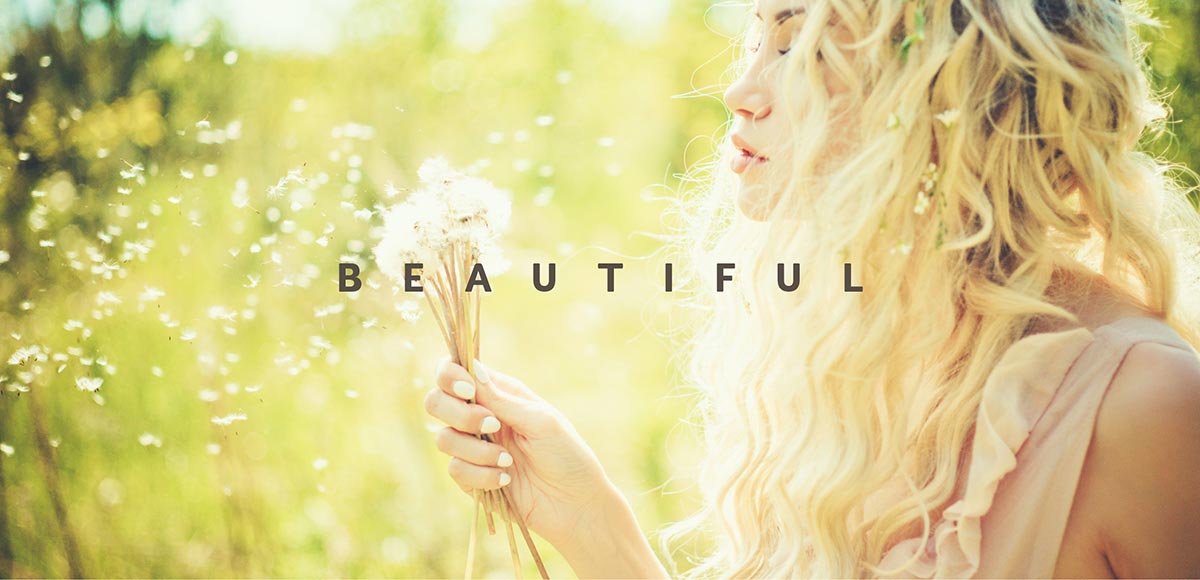The virtues of essential oils have been recorded for centuries, and aid in everything from relaxation to healing. The ancient practice dates back to biblical times, when oils were extracted from the roots, stalks, leaves and flowers of plants to cope with a variety of health issues. In the last decade essential oils have made a comeback, and are receiving a great deal of attention as a natural alternatives to harsh chemical treatments. With the popularity of essential oils on the rise, it’s important to understand how to apply them, and how to determine if they are high quality.
When the word "mustard" comes to mind, it generally evokes images of Coney dogs and German sausages drenched in various shades of yellow. But what about envisioning mustard as a part of hydrotherapy used in bathing? Using mustard as a form of relaxation and detoxification may seem far-fetched, but it’s a method dating back to the ancient Greeks and Romans. Mustard baths are also colored throughout England’s history and continue to rise in popularity.
Why would you put cucumbers on your eyelids, a hot towel over your face or stones on your spine? While some spa treatments seem counterintuitive (bathe in mud to get clean?), they’re rooted in time-tested wellness techniques that are proven to lower stress and make you feel great. Let’s take a look at some of the most popular treatments and the science and tradition behind them:
In a perfect world confusing terminology wouldn't leave us in the dark about important matters, especially when it comes to your skin. Trying to find the right products for you can become quite confusing if you aren’t able to decipher the small print.
 Breathe and you inhale them. Sip water and they slyly enter your throat. Jog along a mountain trail and your muscles pump them into your bloodstream with every step. They’re free radicals – and they are everywhere. You know you should be fighting back – but against what, exactly? What are free radicals, anyway?
Breathe and you inhale them. Sip water and they slyly enter your throat. Jog along a mountain trail and your muscles pump them into your bloodstream with every step. They’re free radicals – and they are everywhere. You know you should be fighting back – but against what, exactly? What are free radicals, anyway?

